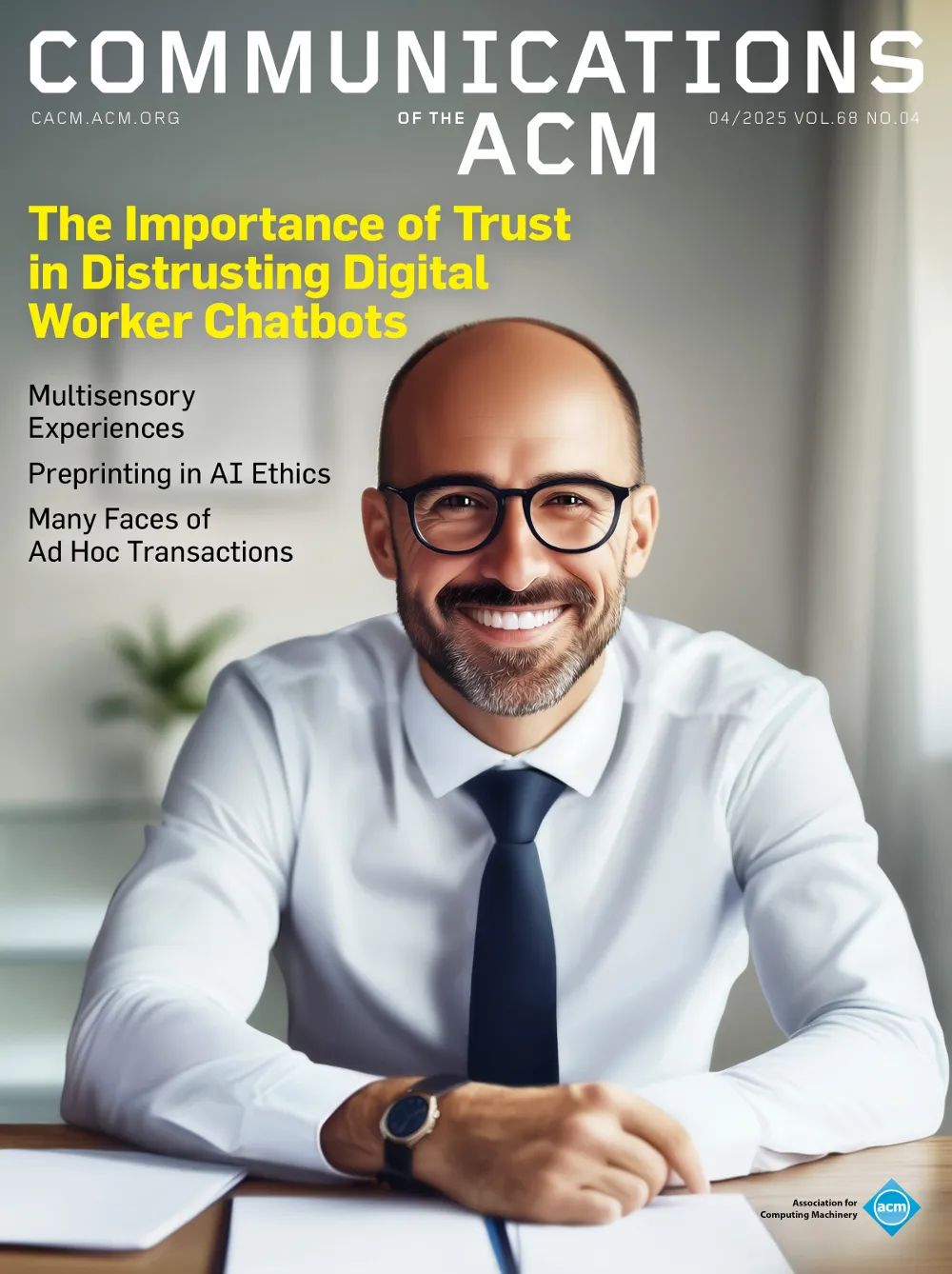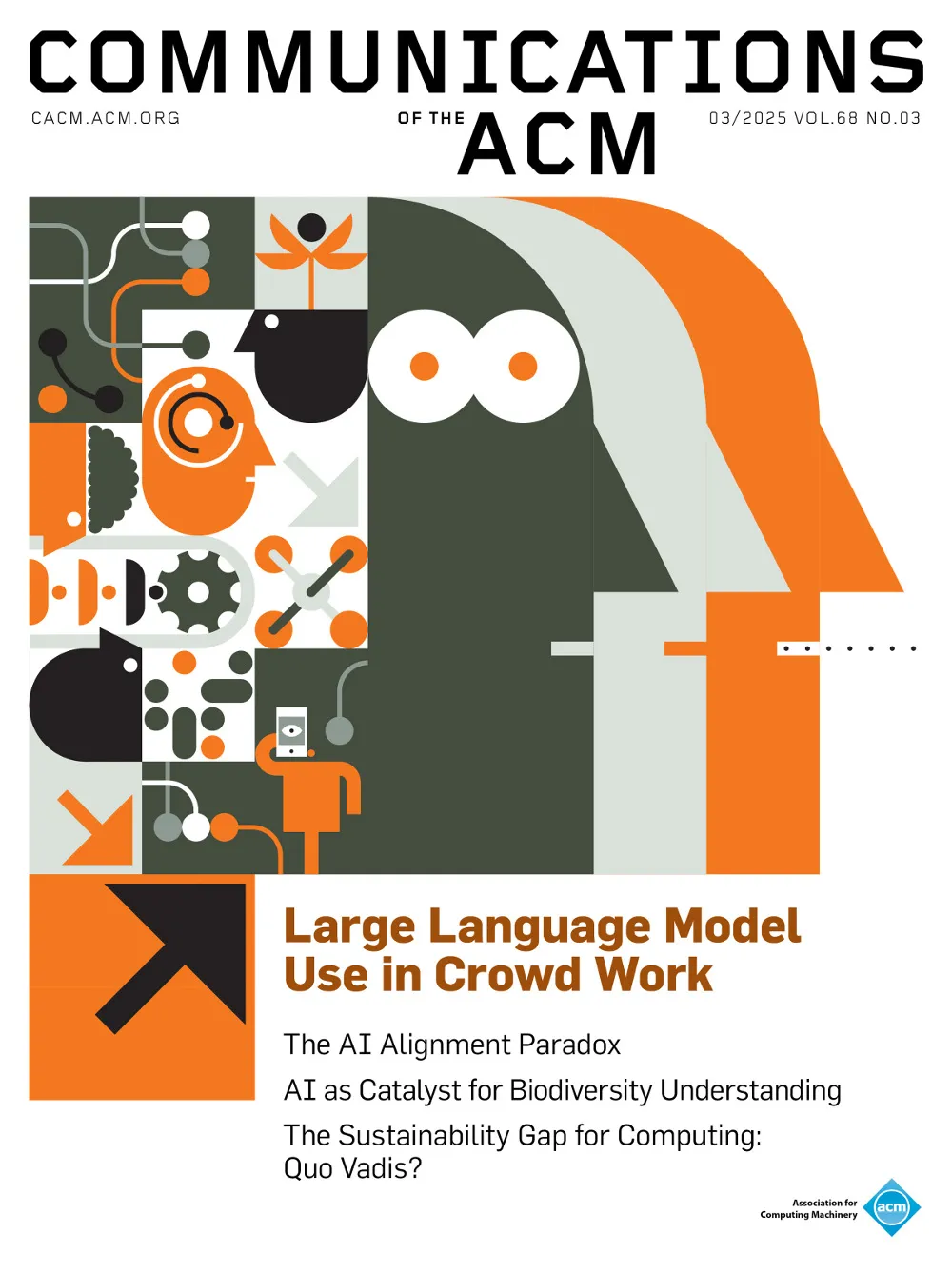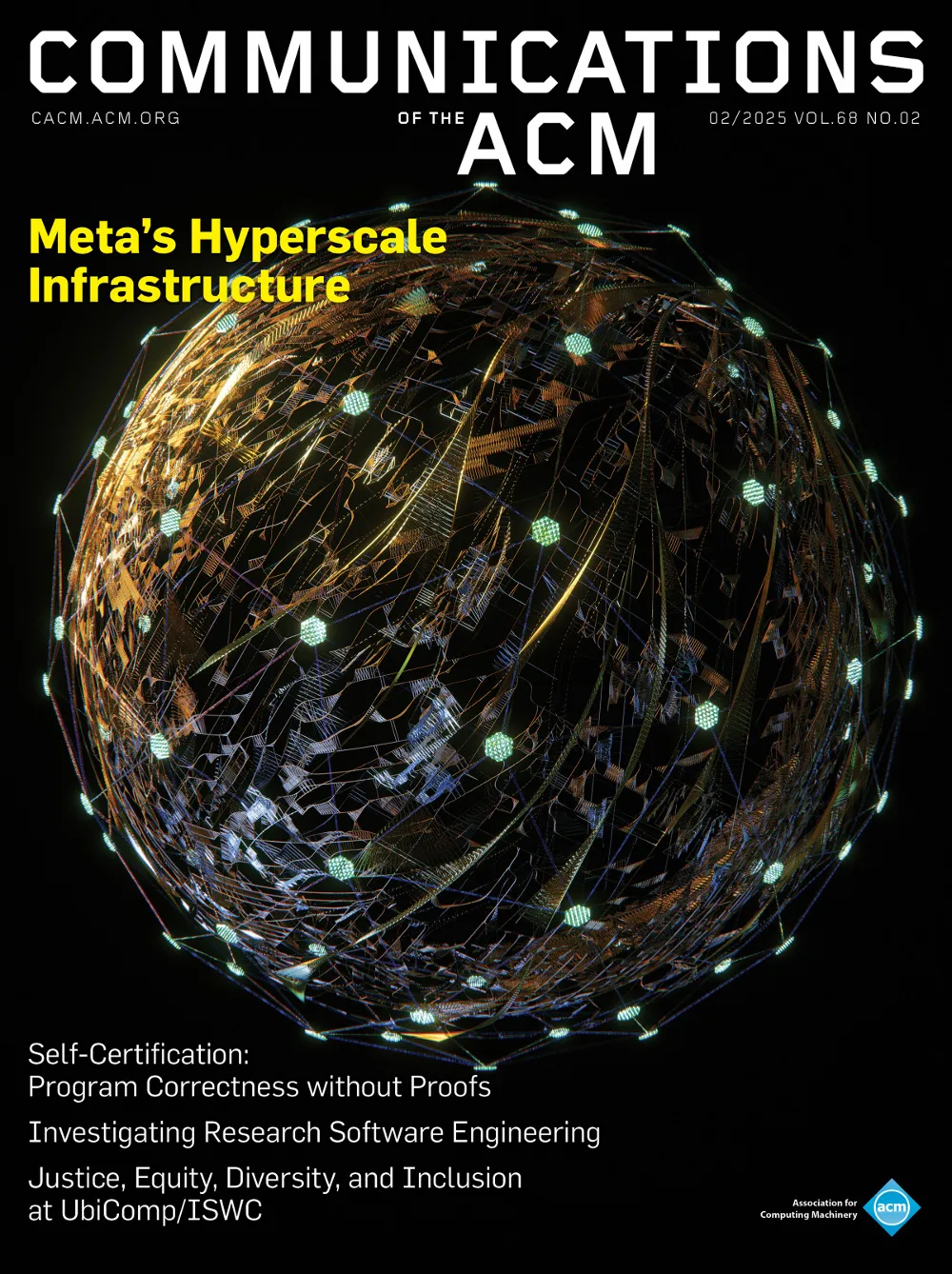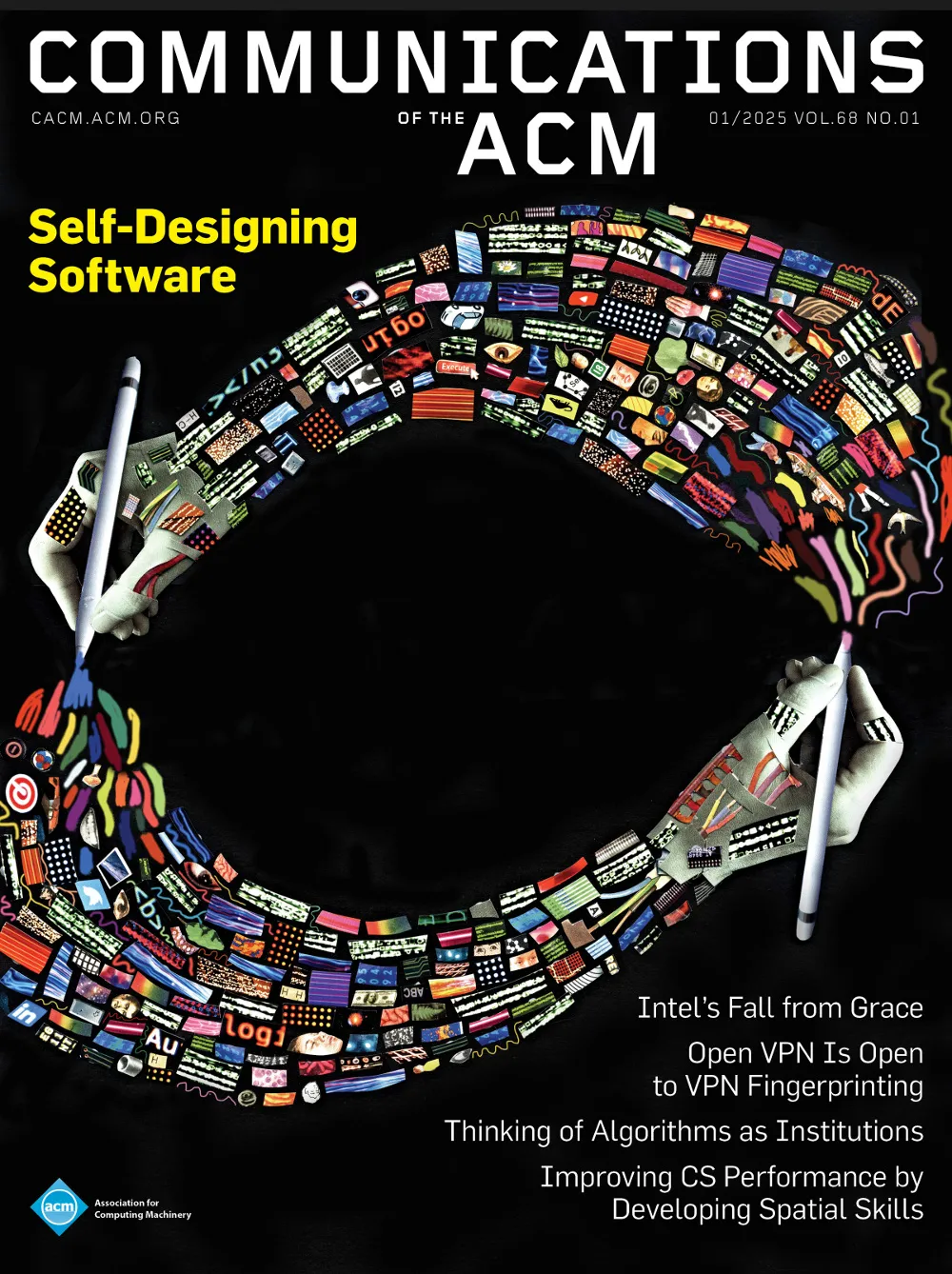September 2004 - Vol. 47 No. 9

Features
Wireless Infidelity I: War Driving
Meta-Design: a Manifesto For End-User Development
The Economics of End–ser Development
Agent-Based End-User Development
Natural Programming Languages and Environments
Component-Based Technologies For End–ser Development
Natural Development of -biquitous Interfaces
Calculating Error Rates For Filtering Software
Supporting Systems Analysis and Design Through Fisheye Views
Toward the Eco-Grid: a Harmoniously Evolved Interconnection Environment
Empowering Persons with Disabilities with Decision-Support Technology
Academic vs. Practitioner Systems Planning and Analysis



